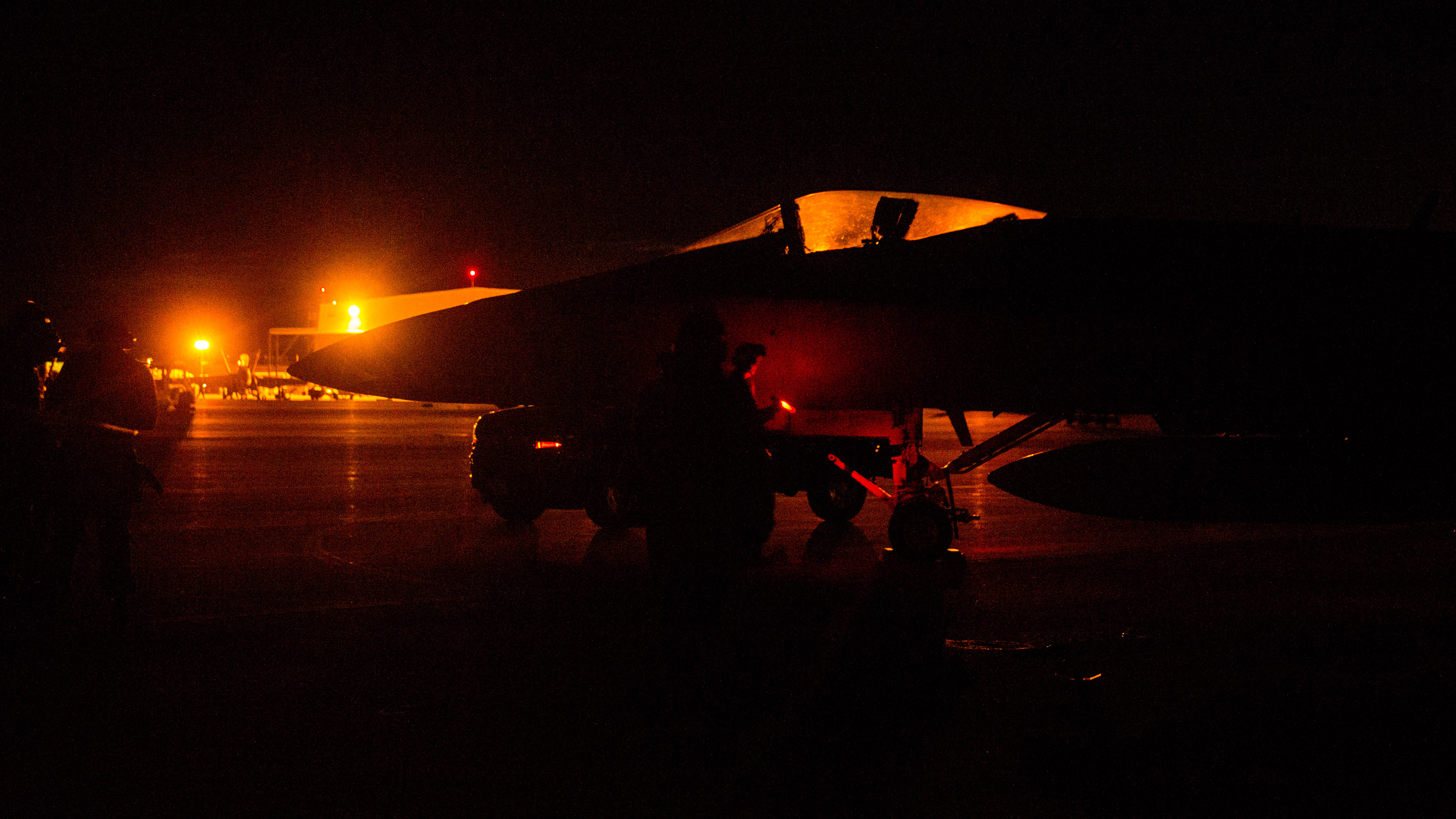
Marine Corps leadership told the House Armed Services readiness subcommittee that it needs a Fiscal Year 2017 budget and the supplemental spending request to not only address aviation and ground equipment readiness challenges but also to keep global operational requirements on track.
Deputy Commandant for Plans, Policies and Operations Lt. Gen. Ronald Bailey said at the Wednesday afternoon hearing that without both the full 2017 funding bill and the supplemental – which the White House sent to Congress in mid-March and contains about $30 million in spending focused on boosting near-term readiness – the Marine Corps would face some serious consequences.
“When you’re talking about the CR and supplemental, here’s what we’re talking: loss of active duty Marines, we’ll have to cancel reserve force drills, we’ll have to stop CONUS flights, we’d cease to recover from the tornado down in Albany (Georgia), we’ll lose one amphibious ship, it will reverse modernization. It will push us back,” he said.
Though the Marine Corps and other services have testified to lawmakers that deployed forces would be given what they need at the expense of units back home – as is the case with canceling flight hours at home to preserve flight hour dollars for those forward-stationed and deployed – Bailey told USNI News afterwards that operations around the globe would still be hindered by a full-year CR.
Bailey told USNI News in a December 2016 interview that 2017 would bring some big opportunities to the Marines around the globe: Marines would develop new relationships and strengthen existing ones in the Pacific through new exercise and training opportunities, they would increase their presence in Norway, they would experiment with operating their MV-22 Osprey aircraft off the new USNS Lewis B. Puller (T-ESB-3) expeditionary sea base ship, they would work on integrating the F-35B Joint Strike Fighter with Navy combatants through an upgunned Expeditionary Strike Group sailing out of Japan, and more.
“Under the CR scenario, it creates a challenge because … there are no new starts, no new exercises we’re going to conduct. So if it’s not already in the budget, it’s not going to happen,” he told USNI News after the hearing, clarifying that the no-new-starts rule under a CR applies not only to acquisition but also to exercises and training events.
“That’s the challenge that you have when you have a CR. … Your long-range planning goes out the window.”
He noted that even exercises that had taken place in FY 2016 and therefore could take place under a CR in 2017 could still potentially be canceled. A CR would fund fewer man hours for the reserve force than the Marines had planned for 2017, Bailey said.
“Let’s take, for example, that you were planning an exercise that involves so many reserves and you had to have them,” he said.
“Well, now you’re not going to have them because you lose man hours with the CR, reserve man hours. So that impacts your ability to run an effective staff. So you could run your exercise, but you won’t have the right number of people to conduct the exercise,” and in all likelihood an exercise without sufficient manpower would get canceled or postponed until the next year, he said.
Ground Readiness

Deputy Commandant for Installations and Logistics Lt. Gen. Michael Dana said at the hearing that his organization runs off a five-year plan, and the continuous CRs and funding cuts and overall budget instability have wreaked havoc on that long-term plan.
Over the last 10 years, depots for ground equipment have only been funded at about 80 percent, forcing the Marines to defer about 20 percent of their work every year. In 2013, when across-the-board sequestration cuts hit the force, 888 pieces of gear were not inducted into maintenance that year alone, further interrupting the plan.
As a result, Dana said, the Amphibious Assault vehicles stand at a 65-percent readiness rate despite being the primary connector to get Marines from a ship to the beach. Light Armored Vehicles are about 70-percent ready, and tanks are in the high-70s, he said. The service is making progress – “it’s gradual, it’s discernable, and it’s measurable and we’re seeing an impact to readiness,” he told lawmakers – but he needs stable funding and the supplemental funding request to continue digging out of the readiness hole.
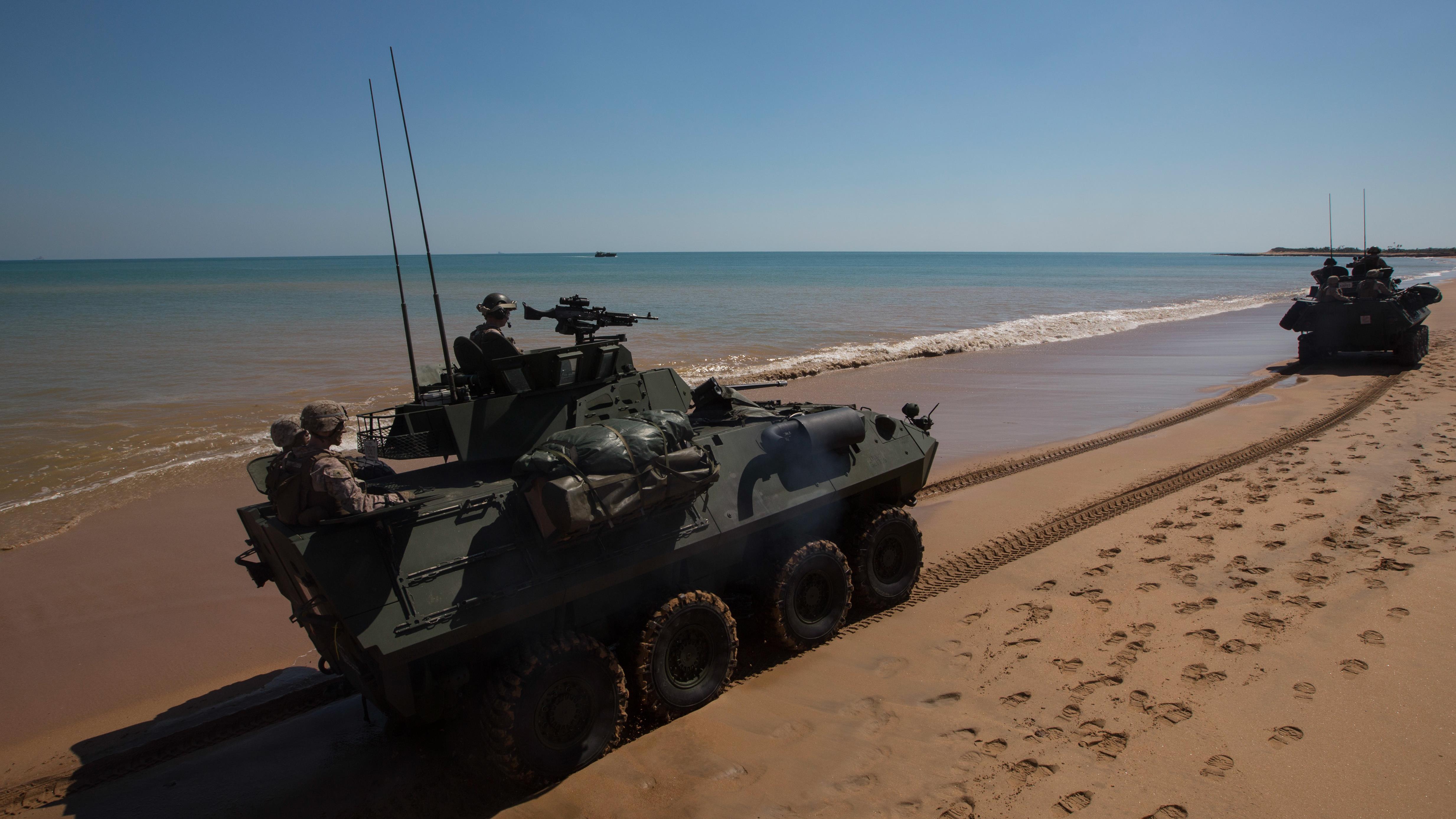
After the hearing, Dana told USNI News that on the AAV readiness deficit, “it’s definitely parts-related,” Deputy Commandant for Aviation Lt. Gen. Jon Davis has said repeatedly is the case for most of the aviation readiness problems. Dana said some AAVs are about 40 years old, and some components in the vehicles “are literally, there are some parts that go back to World War II, the configurations that are on that. We have a sole-source vendor (for spares), we have a really hard time getting the parts.”
He said the service was working to buy the proprietary rights to the spare parts designs so it could contract with other companies to produce them faster, or even 3D print some parts in-house. But for now, all the starts and stops associated with budget instability “doesn’t help” when trying to work with a single vendor to produce much-needed spare AAV parts.
On the LAVs, Dana said all 610 vehicles are going through a complete rebuild effort in the depots and will have much better readiness afterwards, but the Marines just need funding to stay on track so they can pay for the depot maintenance and keep the work on schedule.
“It’s that stable, sufficient, predictable funding, because when you’re trying to run a five-year business on the installations and equipment side, you can’t do it” under today’s uncertain conditions, he said.
Aviation Readiness
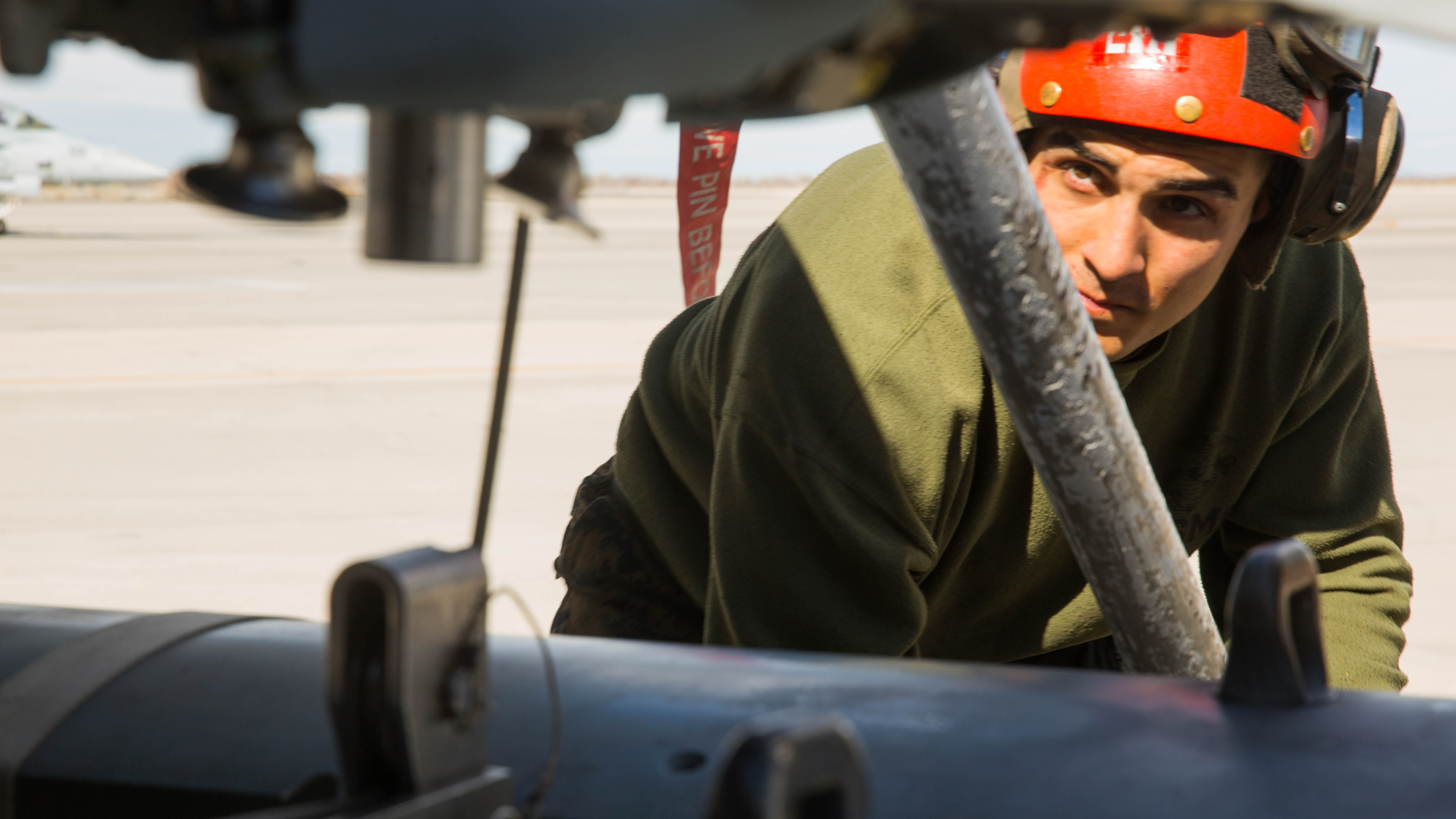
Davis has been vocal on the Hill about his fleet-wide readiness recovery plan and the dollars he needs to keep that plan on track. William Taylor, his assistant commandant for sustainment, said at the readiness hearing that Independent Readiness Reviews have helped make some aviation readiness progress but that stable and sufficient funding would be critical to continuing on this path.
“Marine Aviation is about two and a half years into a readiness recovery plan. Our ultimate objective is to have 1.065 aircraft available on the flight line – not necessarily up, but available for maintenance, available for training, available to support operational plans. Where we are right now is, we have about 983, so we’re about 82 short of that goal. The intent is to achieve that 1,065 and have what they call a ready bench by around the 2022 timeframe.”
As an interim goal, the service is looking to have 589 Ready Basic Aircraft – those on the flight line that could get airborne – by 2020, with the service having about 433 today.
The service has gotten smarter over the years about properly funding its spare parts and other readiness support accounts, but operating under continuing resolution instead of getting the 2017 spending bill and the accompanying supplemental funding would throw a wrench in this improvement, Taylor said. Without the bill and supplemental, aircraft depot maintenance would be funded at 84 percent of the requirement instead of 88 percent with the bill and supplemental; air systems support, which pays for engineering and logistics support from Naval Air Systems Command, would be funded at 58 percent instead of 93 percent; aviation logistics, which primarily buys performance-based logistics support from contractors, would be funded at 80 percent instead of 94 percent; and spare parts would be funded at 73 percent instead of 88 percent.
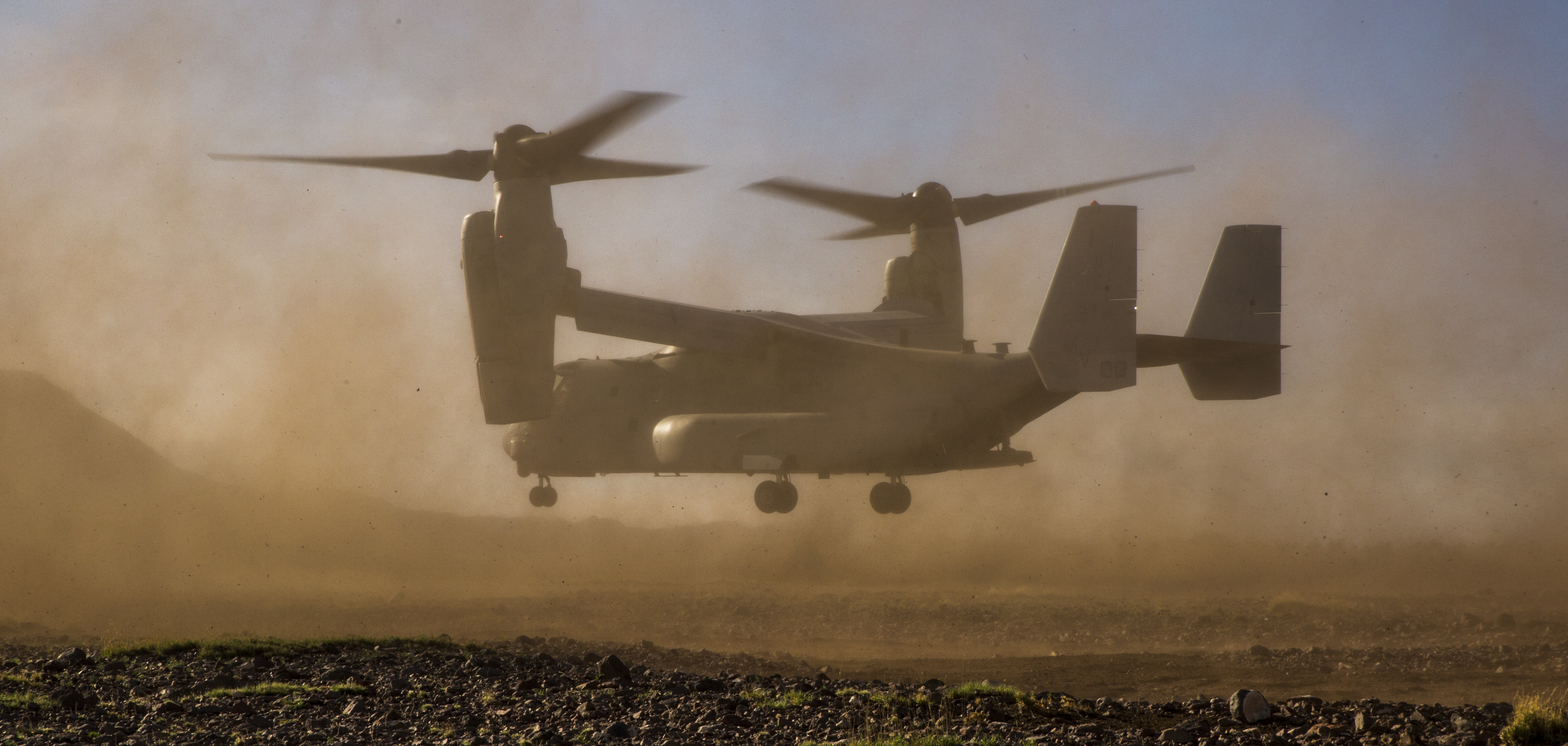
The F-18 Hornet is where the Marines are seeing the most serious readiness problems, Davis has testified recently, and Taylor said its Independent Readiness Review will formally start in about a month. The Marine Corps has already conducted IRRs for the AV-8B Harrier, CH-53E heavy lift helicopter, MV-22 Osprey and H-1 attack helicopter, as well as a ground safety mishap review for the whole force, and has seen improved readiness rates based on implementing IRR recommendations. With the Hornets, though, the service is facing a steep hill to climb.
“Just the fundamental material condition of the aircraft is almost unmanageable at this point,” Taylor said.
“We send it to the depot, they peel back a panel, they find corrosion, they peel back another panel. There’s been, to my knowledge, at least half a dozen F-18s recently that were inducted into the depot only to be stricken halfway through when they realized it’s not even salvageable.
“So we’re balancing the criticality of getting out of tired iron and fielding our new aircraft as soon as possible, versus current readiness – current readiness being our readiness accounts,” he said, noting the fiscal challenge of buying new airplanes and maintaining the old ones amid budget cuts and CRs.
“[Readiness accounts] have been under-resourced consistently over a period of about 12 years now. Whereas a sustainable level of readiness in terms of those readiness accounts is around 85 percent, over those 12 years the readiness levels have deteriorated in those accounts to an aggregate level of about 67 percent. So that equates to our inability to support the legacy aircraft we have on the flight line.”
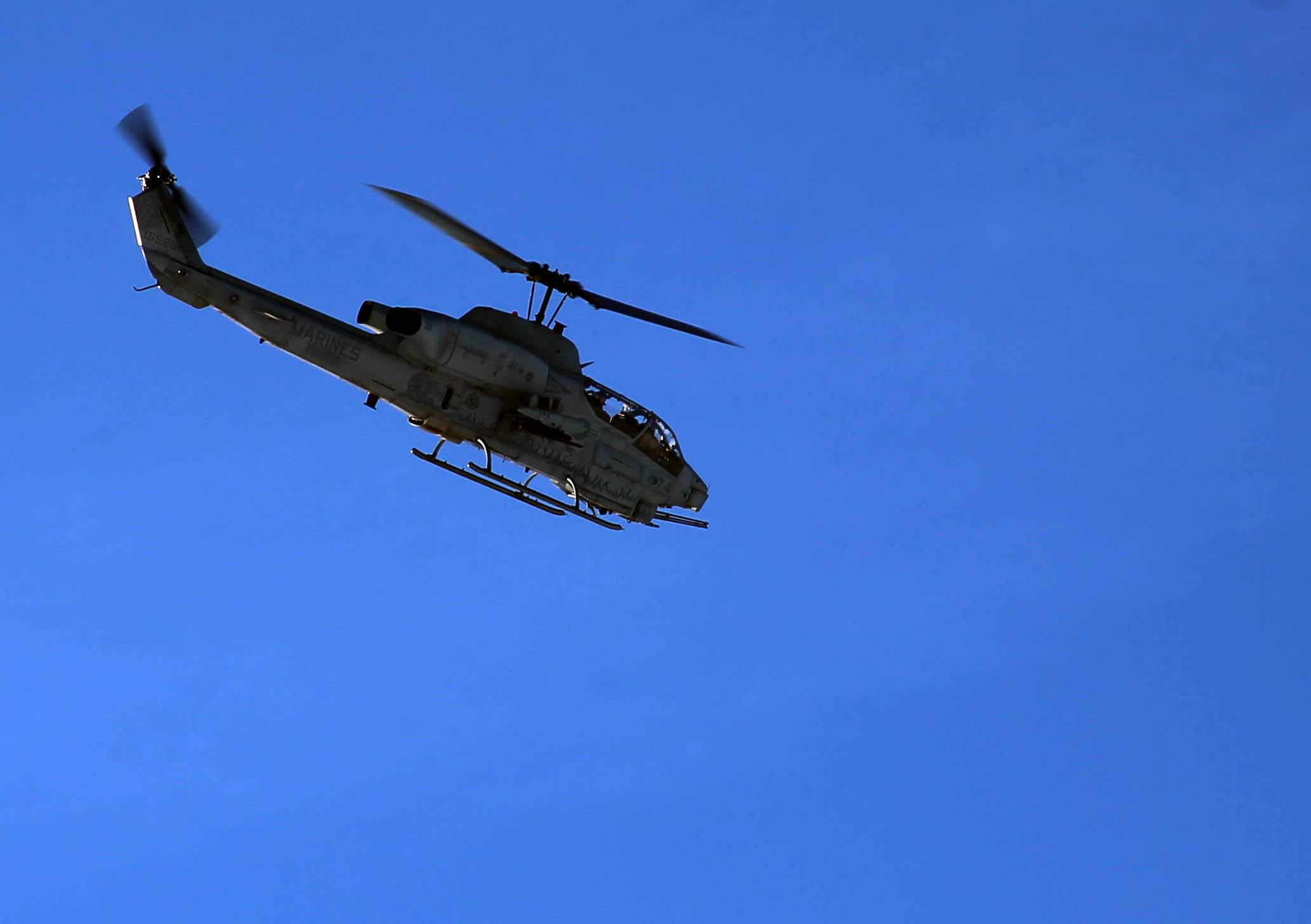
In an attempt to get more operational availability out of the planes that are in good material condition to fly, Taylor said the Marines and the Naval Air Systems Command (NAVAIR) have created a pilot program to consolidate NAVAIR-required inspections, modifications and other events, to limit how often a working plane is pulled from the flight line.
“Another effort, another initiative that’s being prototyped as we speak is trying to take this myriad of disparate maintenance efforts – field events, depot events, which make no logical sense right now, all they do is guarantee that the aircraft is not available to the operating squadrons because this week it’s out for this inspection, they return it to the flight line and the next day it’s out for another inspection or modification,” he said during the hearing.
“So right now NAVAIR is working, prototyping two logical, consolidated depot events to try and guarantee more aircraft availability on the flight line once it comes out of that depot event. So that’s looking very promising.”
Taylor told USNI News after the hearing that the prototype, which began in February, would last 18 months and involve four legacy Hornets. NAVAIR is still “fine-tuning the details of it,” but he said that more work would be conducted while the planes are at the depot – including inspections and maintenance items that would normally be done by the squadron – to consolidate the required work into as few days as possible.
“The critical success criteria is, does the aircraft become available at a greater rate to the operators? Is it available to them at a greater rate?” Taylor said.
“As opposed to now: oh, I’ll take your aircraft away for this inspection. Oh, I’ve got to take it away for this modification. There’s no predictability, no planning right now, and it’s just not efficient for the operators.”





